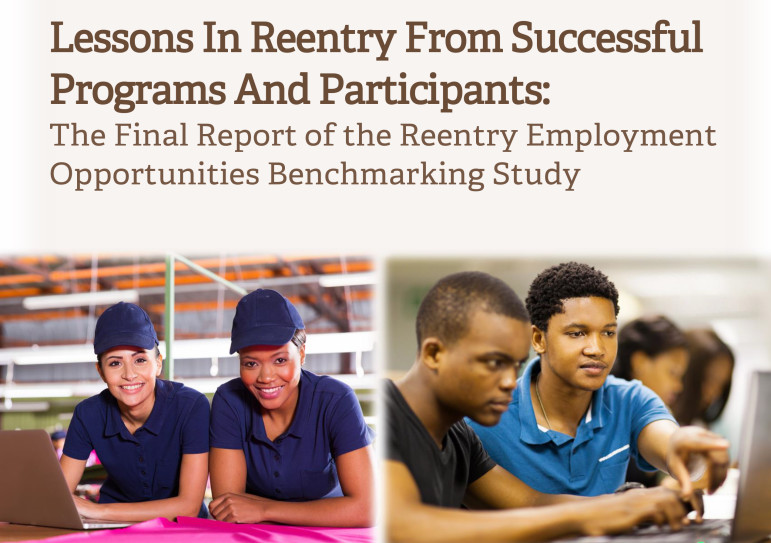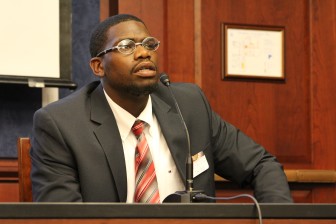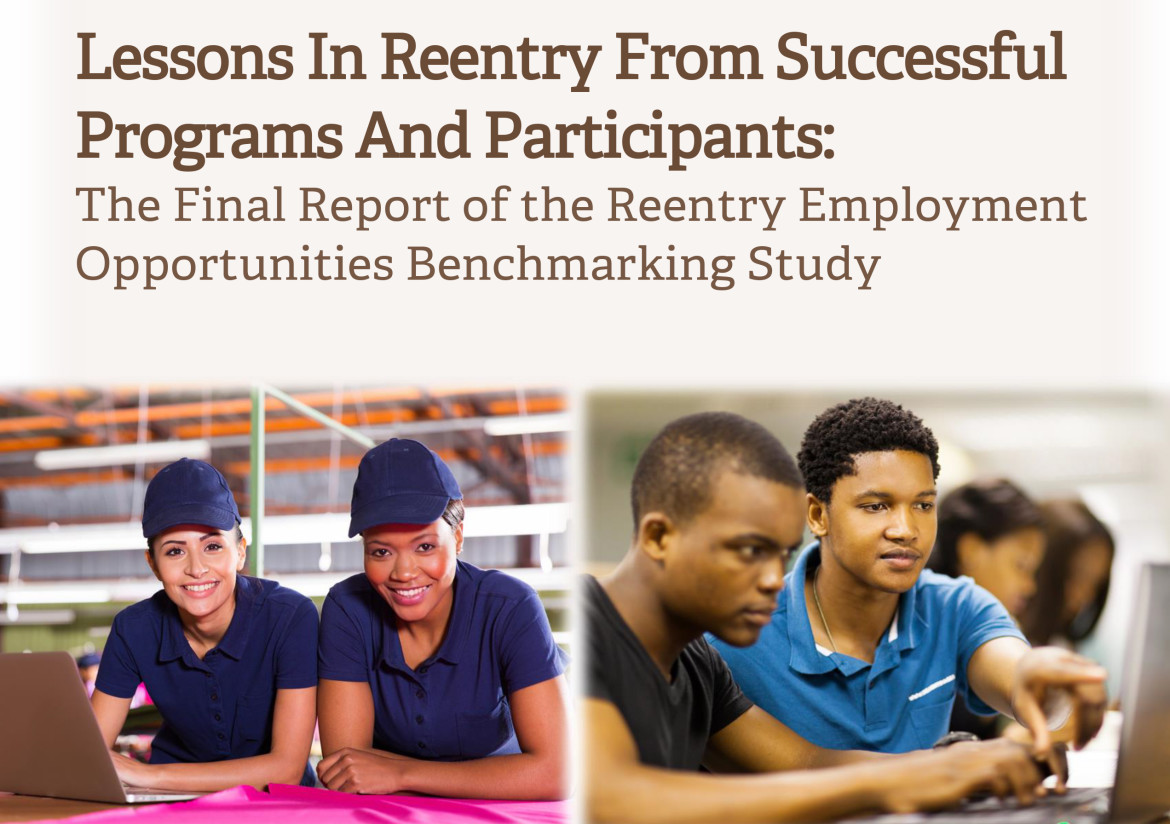
Former offenders need timely, individualized reentry paths that focus on career development, a new report by ICF International says.
Too often, the hundreds of thousands of people returning from prison each year are unable to find employment, a situation compounded by trouble securing housing, health care and transportation — all factors that increase the likelihood of recidivism.
“All they’ve got is a criminal record. That’s all anyone can see,” said Brent Orrell, a family and economic stability expert at ICF, which released a series of reports on reentry with the Union Theological Seminary.
Research shows about 75 percent of people leaving prison are unemployed a year later. Former offenders’ earnings are likely to be 30 percent less than others in the working world.
But some groups are making a difference in the lives of former offenders. ICF studied high-performing faith-based and community reentry organizations that are focused on employment and found key characteristics that cut across all of them. The groups are all part of the Labor Department’s Reentry Employment Opportunities program.
First, the groups go to great lengths to assess individuals, often months before they are released. They think about the risks, needs, strengths and interests of the people they will work with and tailor their programs accordingly, said Venessa Marks, senior manager at ICF.
“There was not necessarily a required path everyone had to follow,” she said.
Successful programs also collaborated closely with prisons and went beyond providing general job readiness skills to offer industry-recognized credentials tailored to local employment conditions.
In addition, the programs were rooted in strong relationships between staff members and former offenders.
Participants in the programs echoed the findings in their own descriptions of how the programs helped their transition.

Sarah Barr
Kenneth Fells
Kenneth Fells, now a certified patient care technician, participated in the Dannon Project, in Alabama. He liked that the staff encouraged him to look beyond the only jobs he thought would be available to him, like manual labor, to a medical career.
“Give the people what they need. Don’t take the cookie cutter approach,” he said.
Former offenders also need to develop trust in staff members, said Willard Bryant, president of KB Property Maintenance and a board member at OIC of South Florida, where he was once a participant.
Bryant was used to carefully sizing up people’s intentions after three decades in prison and knew the staff was committed to him.
“They were genuine. They weren’t trying to get eight hours out of the way. They really wanted to help me,” he said.
ICF and the Union Theological Seminary also highlighted recommendations to improve reentry programs, such as:
- focusing funding on organizations that use evidence-based practices;
- supporting strong relationships between organizations and prisons, especially so that reentry work can begin before former offenders are released;
- allowing leniency in work requirements for former offenders in work release programs so they can pursue credentialing; and
- investing in research on how to build career pathways and effective mentoring programs.
Kerri Pruitt, executive director of the Dannon Project, said one key way to help juveniles in particular as they transition back into the community is to use restorative justice practices that help young people learn how their actions affect other people.
“Until they can understand there’s a human aspect to what they’re doing, they’re not going to change,” she said. “It makes them stop and think, ‘I’m affecting another human being.’”
ICF noted some limitations of its study, including a reliance on self-reported data, a focus on current practices and limited attribution. That means researchers are unable to conclude if the observed practices led directly to the self-reported outcomes.
